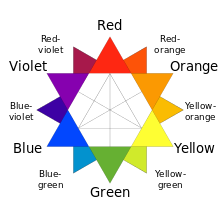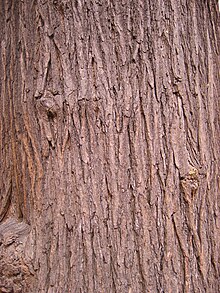Design elements are the basic units of a painting, drawing, design or other visual piece and include:
Shape
A shape is defined as a two or more dimensional area that stands out from the space next to or around it due to a defined or implied boundary, or because of differences of value, color, or texture. All objects are composed of shapes and all other 'Elements of Design' are shapes in some way.
Texture
Meaning the way a surface feels or is perceived to feel. Texture can be added to attract or repel interest to an element, depending on the pleasantness of the texture.
Color
- Color can play a large role in the elements of design with the color wheel being used as a tool, and color theory providing a body of practical guidance to color mixing and the visual impacts of specific color combination.
Shape
A shape is defined as a two or more dimensional area that stands out from the space next to or around it due to a defined or implied boundary, or because of differences of value, color, or texture. All objects are composed of shapes and all other 'Elements of Design' are shapes in some way.
Texture
Meaning the way a surface feels or is perceived to feel. Texture can be added to attract or repel interest to an element, depending on the pleasantness of the texture.
Space
In design, space is concerned with the area deep within the moment of designated design, the design will take place on. For a two-dimensional design space concerns creating the illusion of a third dimension on a flat surface:- Overlap is the effect where objects appear to be on top of each other. This illusion makes the top element look closer to the observer. There is no way to determine the depth of the space, only the order of closeness.
- Shading adds gradation marks to make an object of a two-dimensional surface seem three-dimensional.
- Highlight, Transitional Light, Core of the Shadow, Reflected Light, and Cast Shadow give an object a three-dimensional look.
- Linear Perspective is the concept relating to how an object seems smaller the farther away it gets.
- Atmospheric Perspective is based on how air acts as a filter to change the appearance of distance objects.


No comments:
Post a Comment